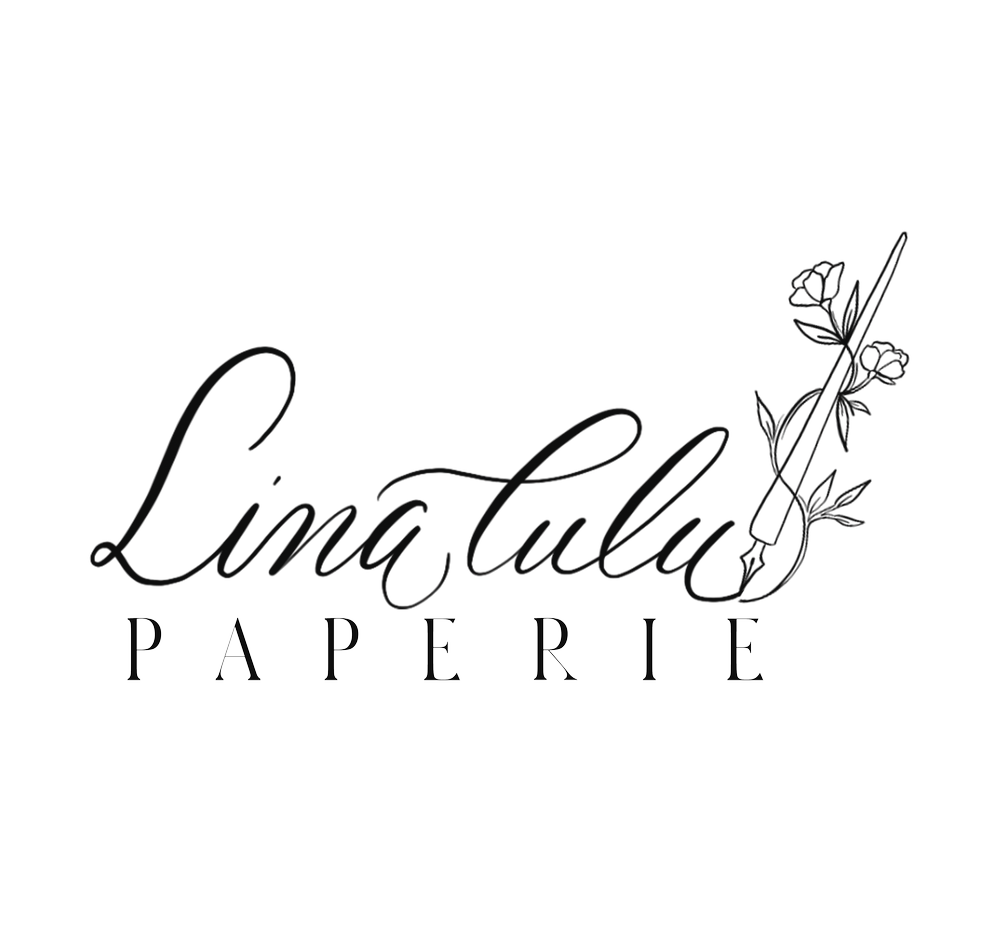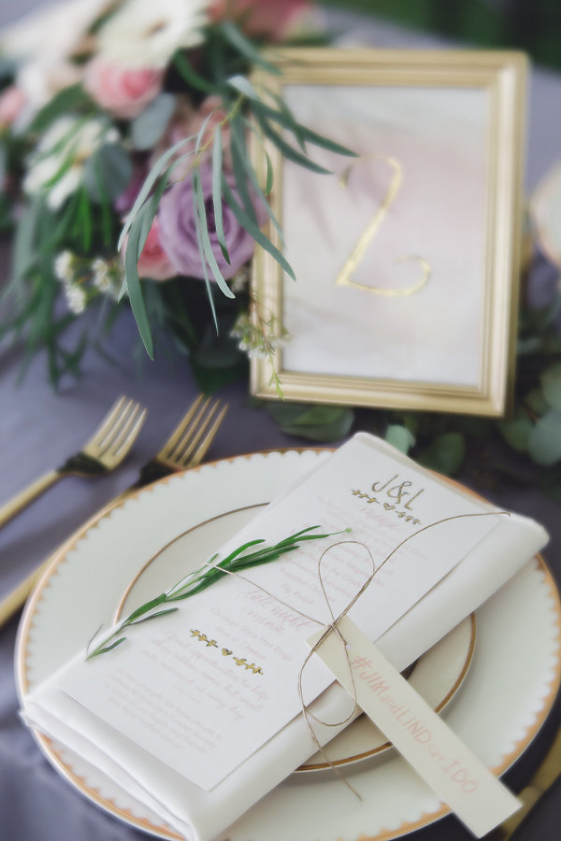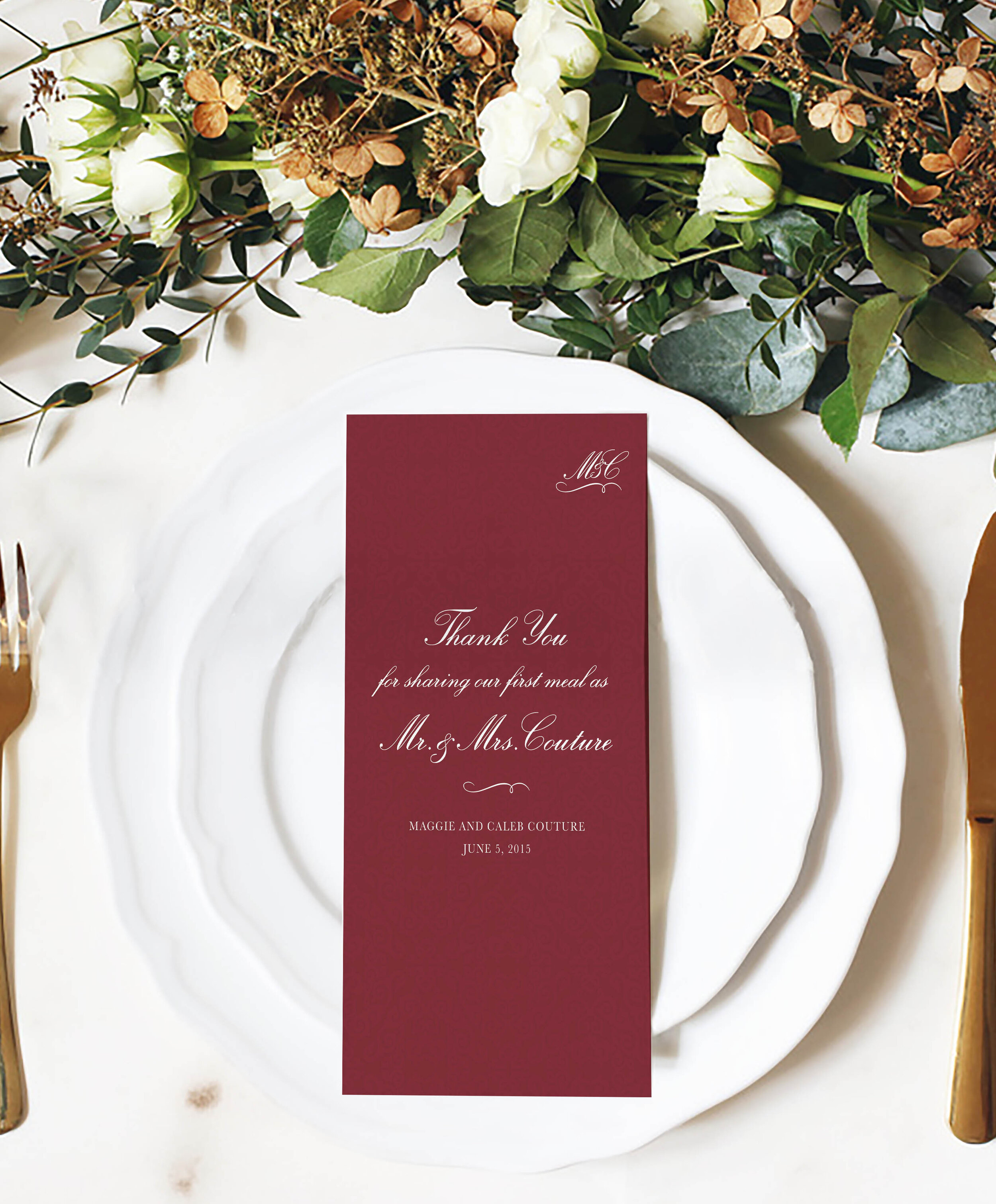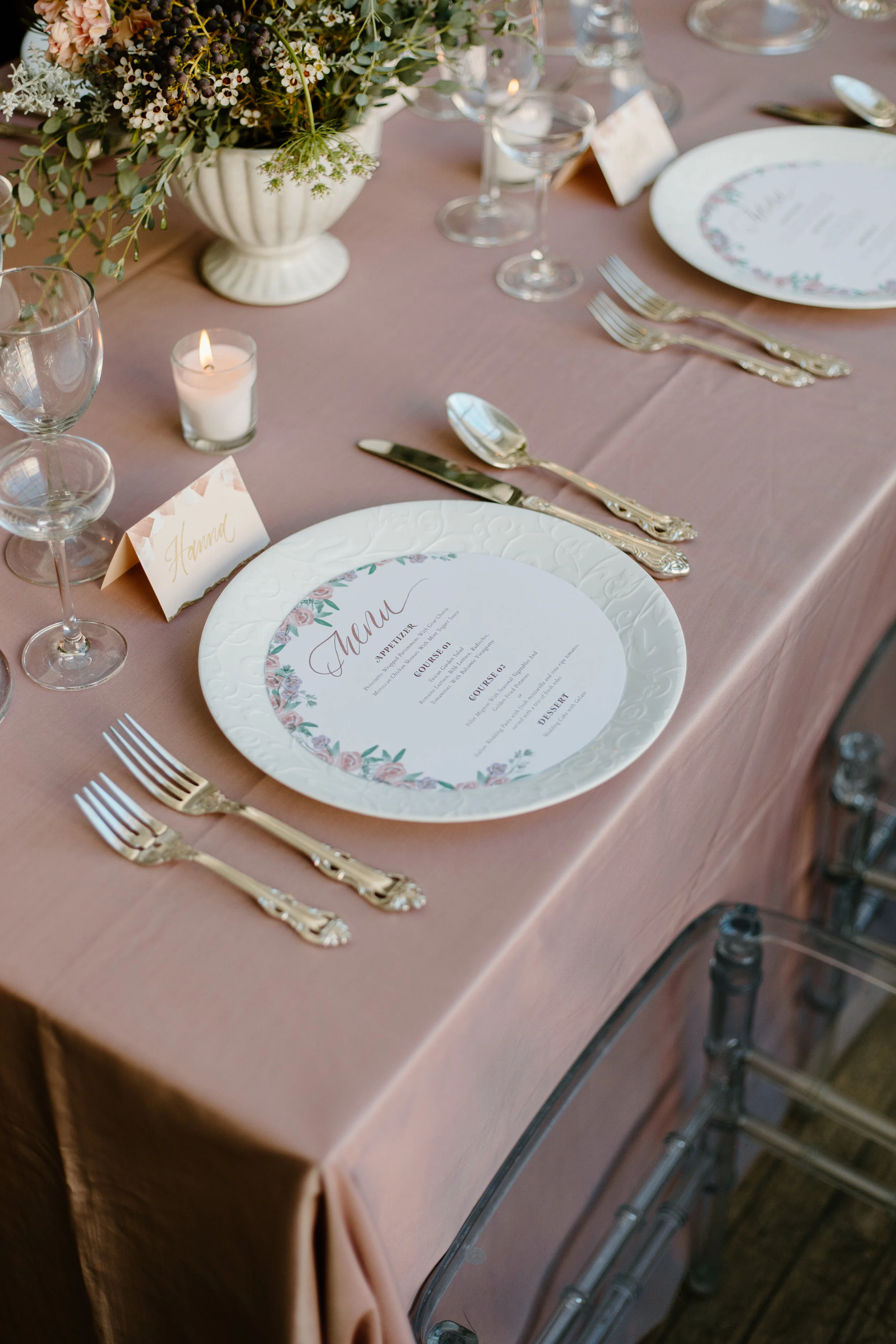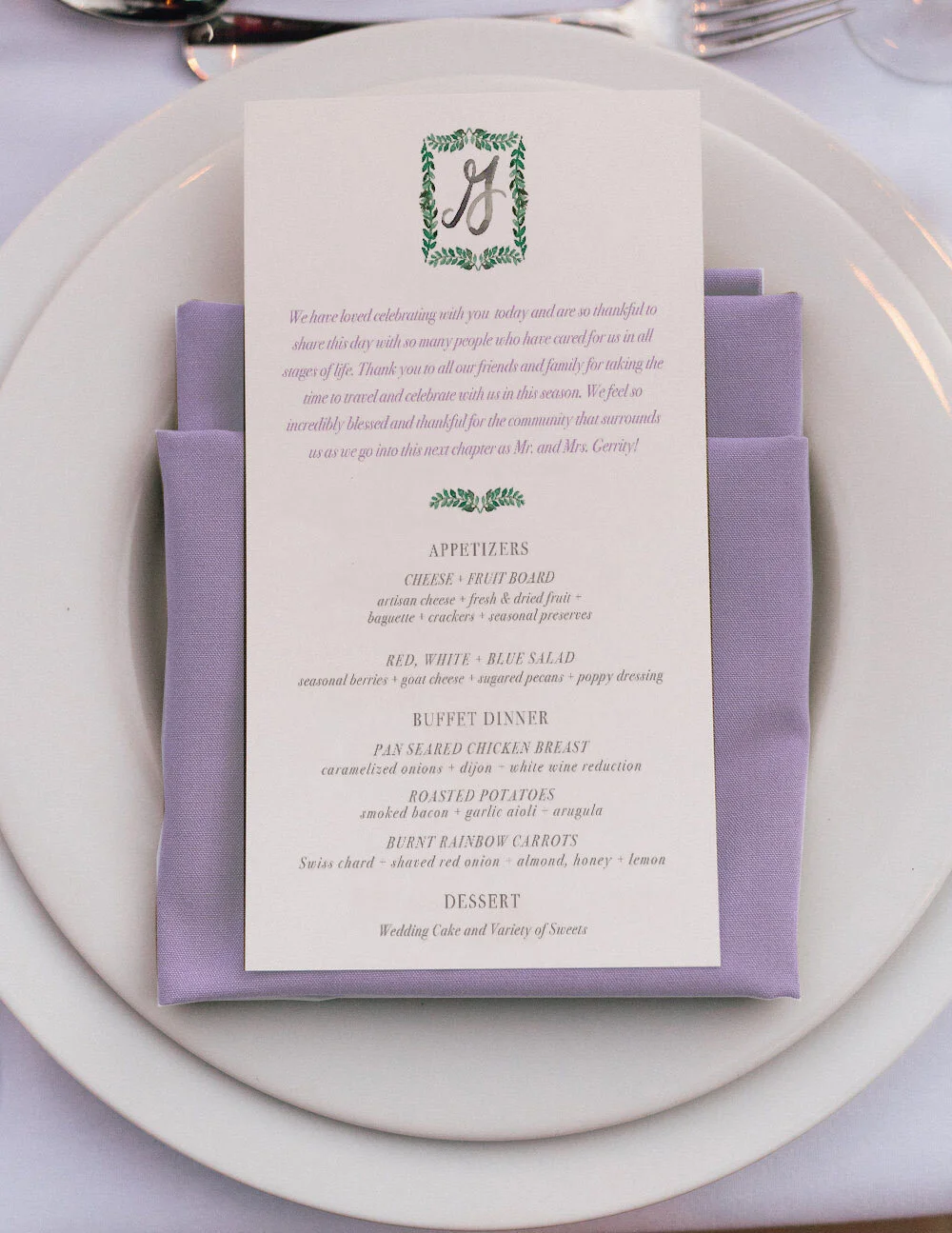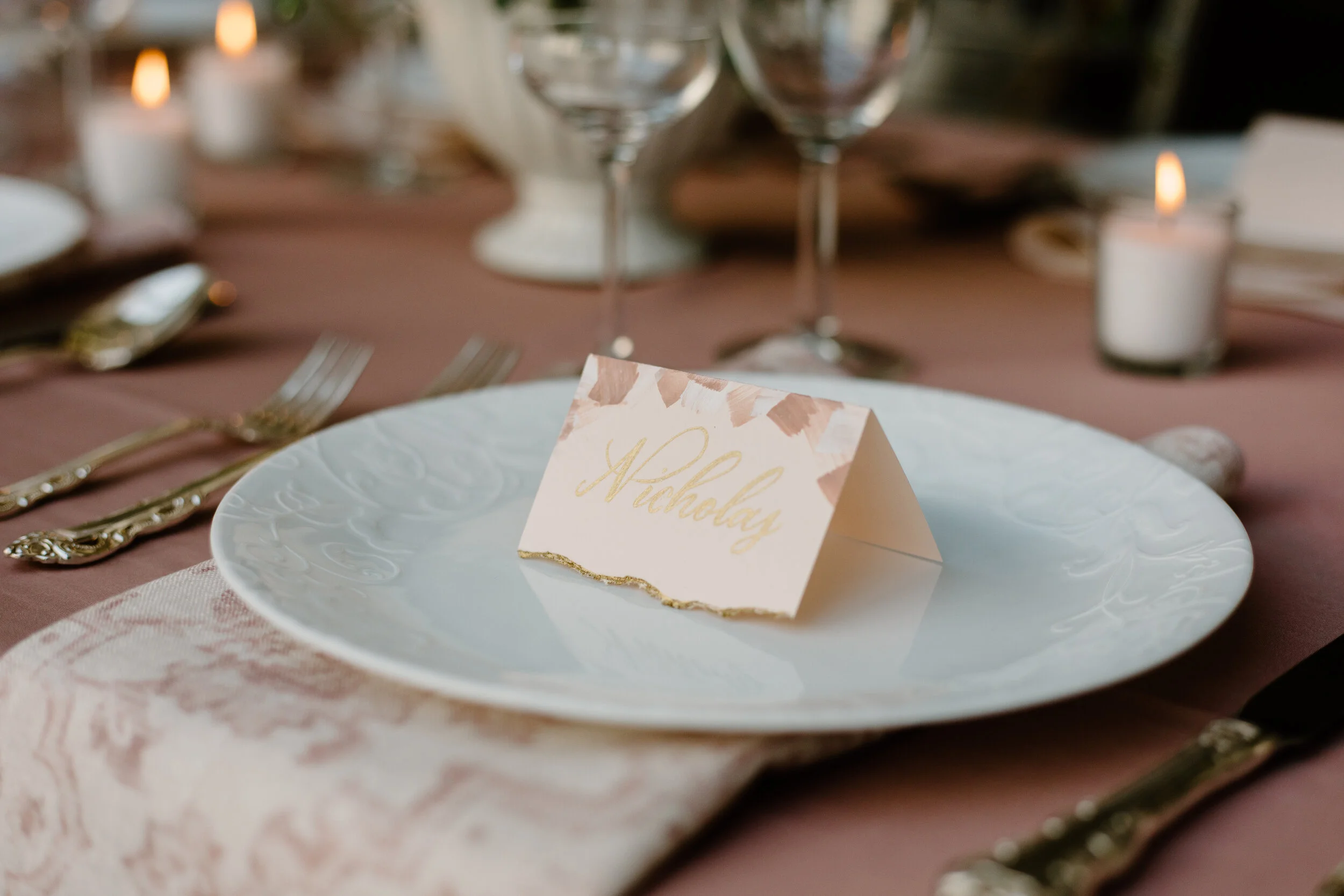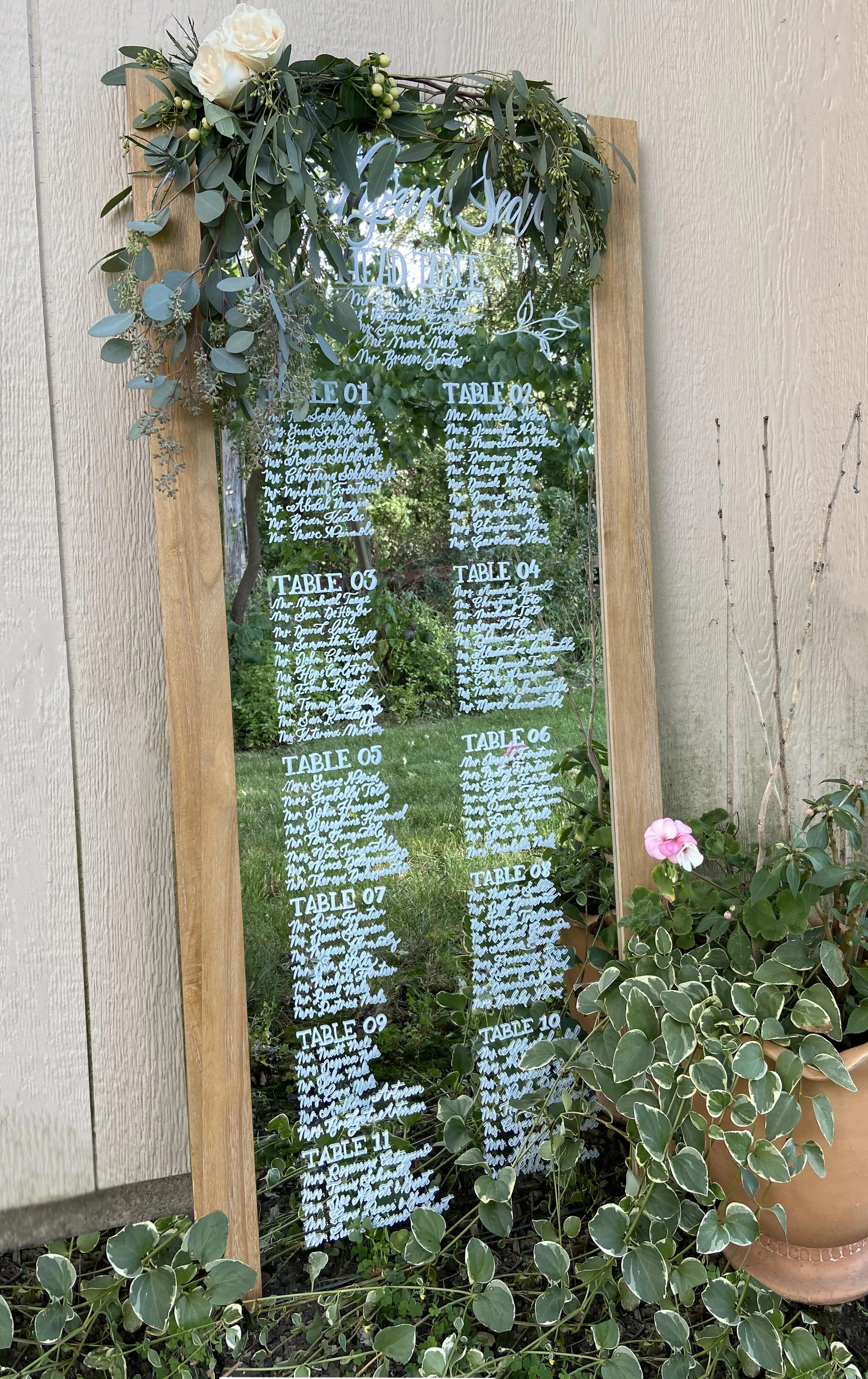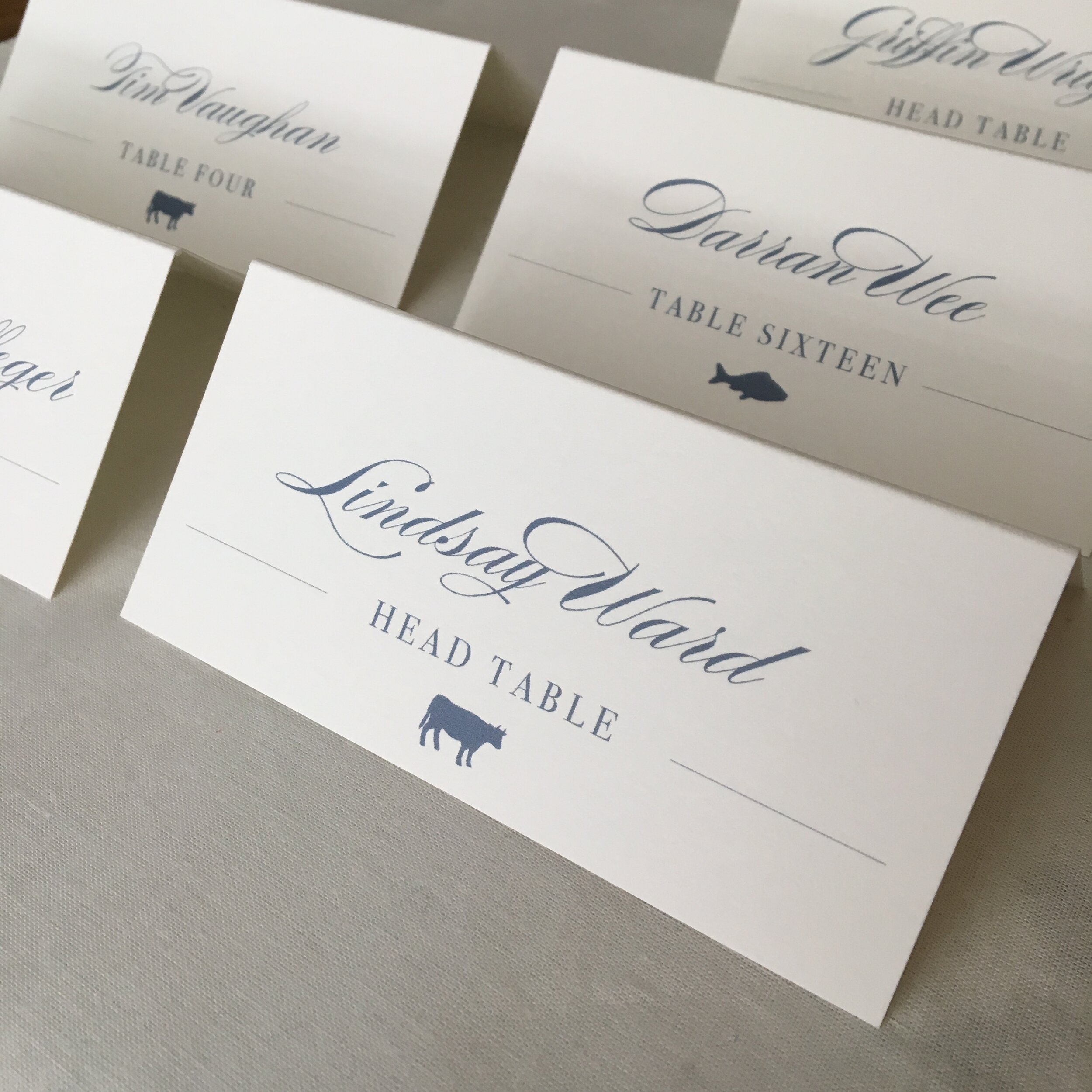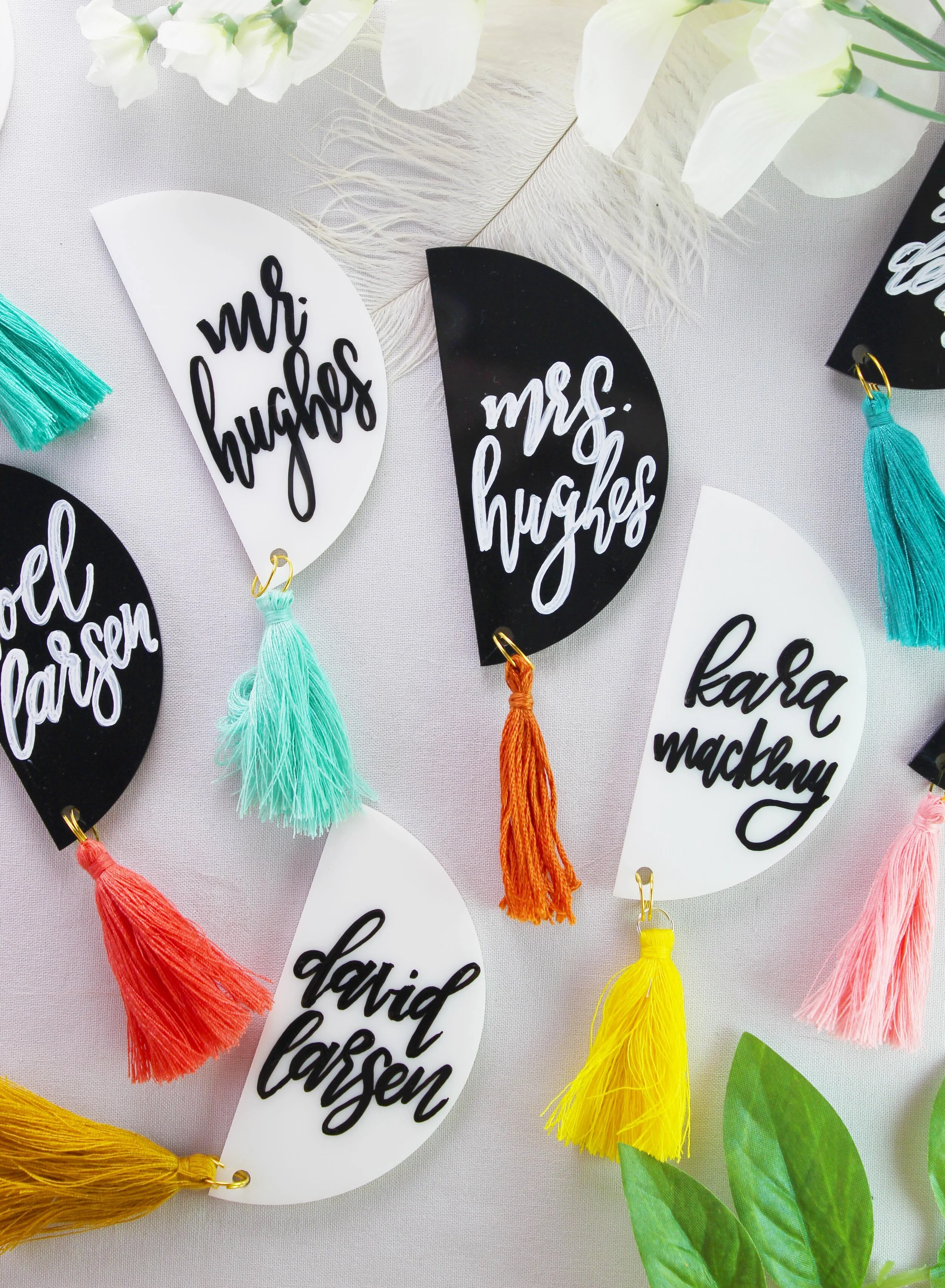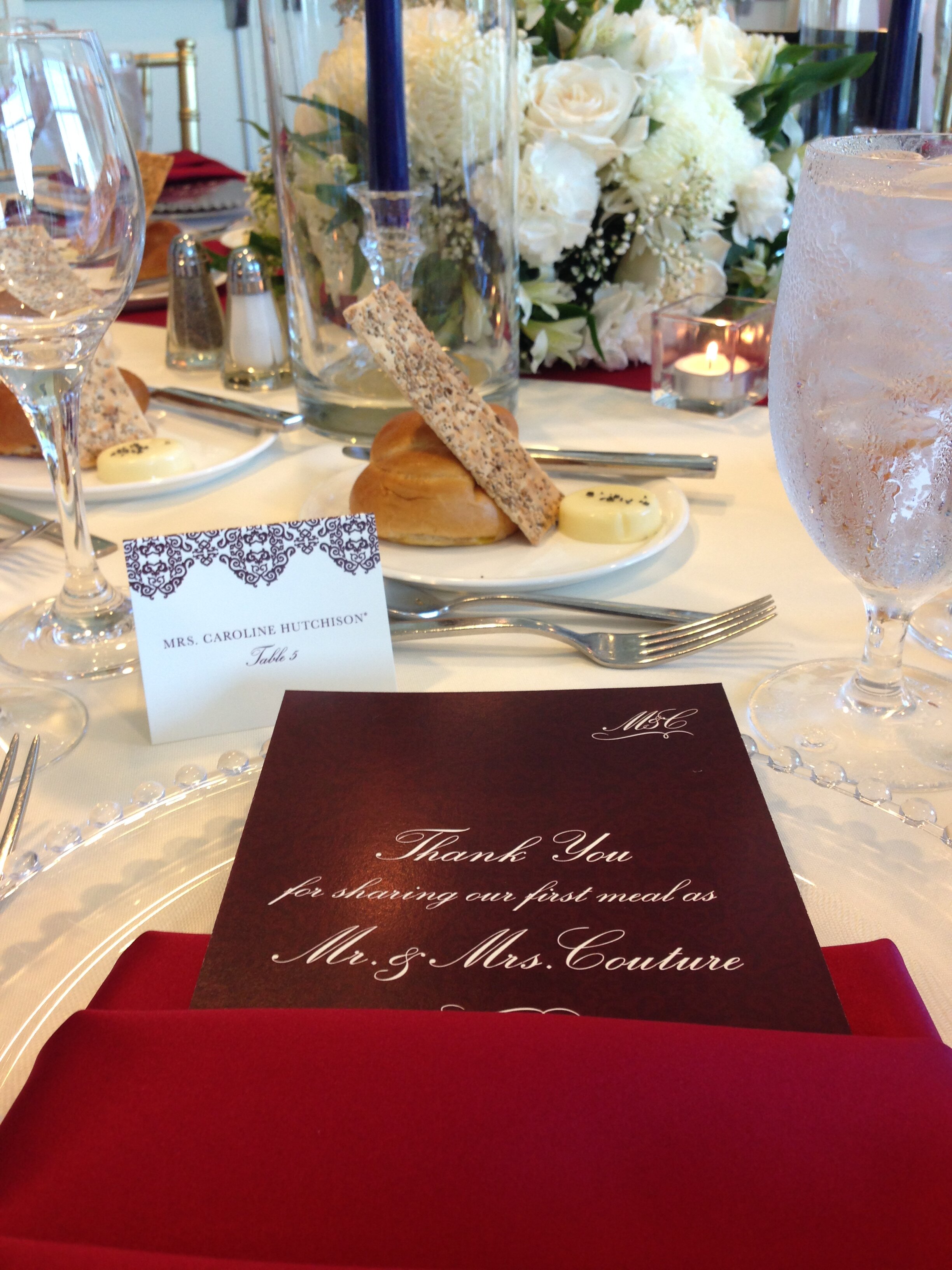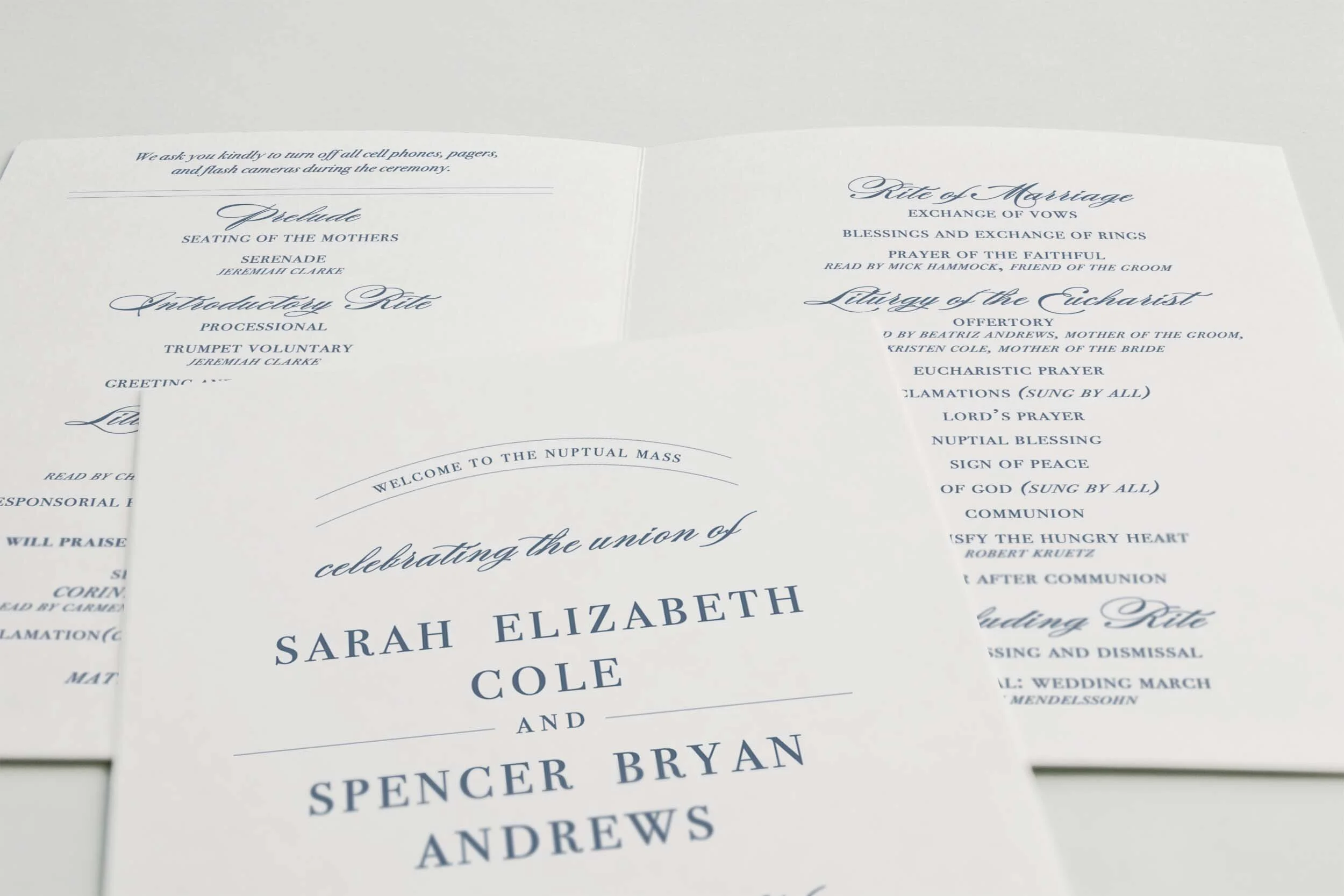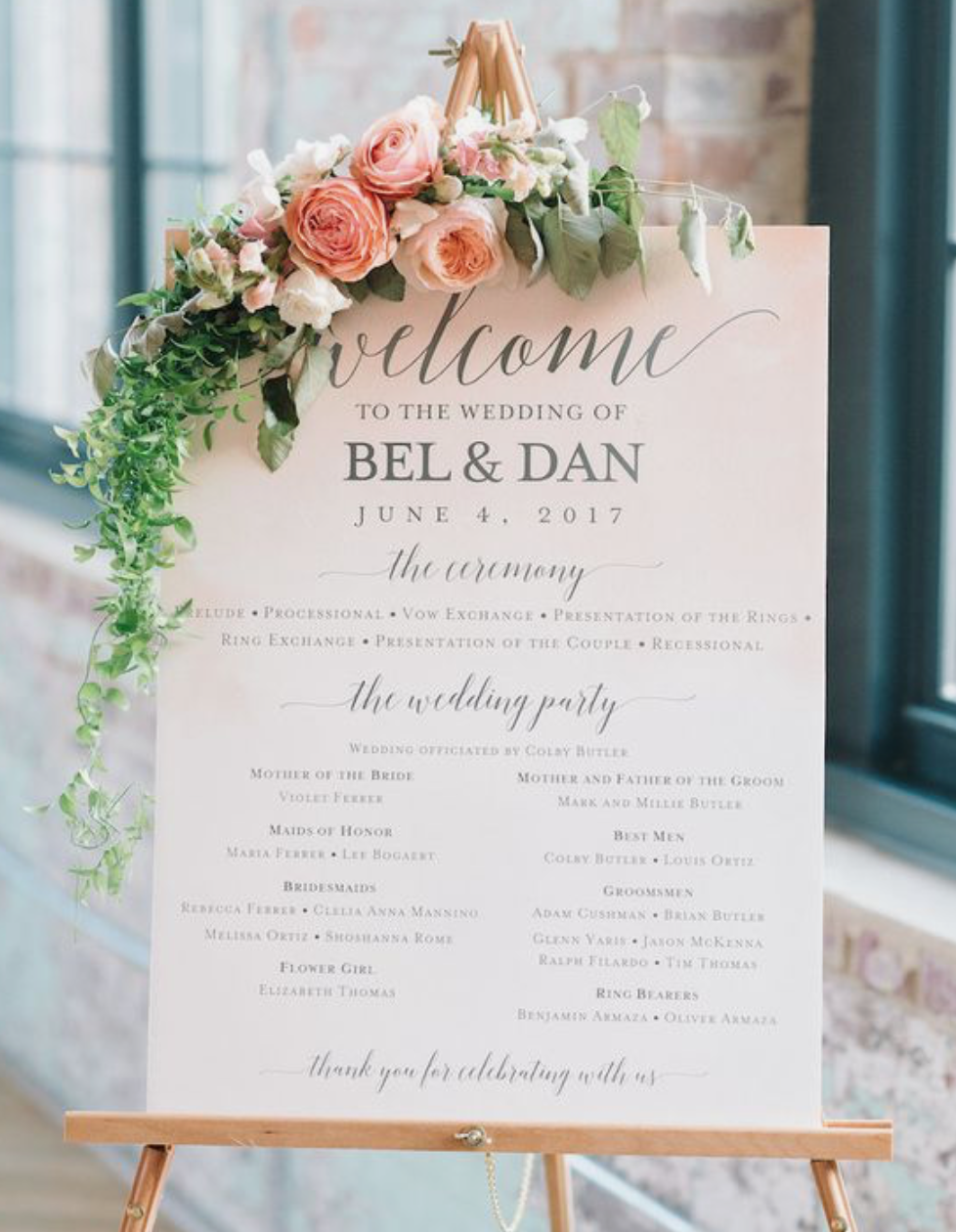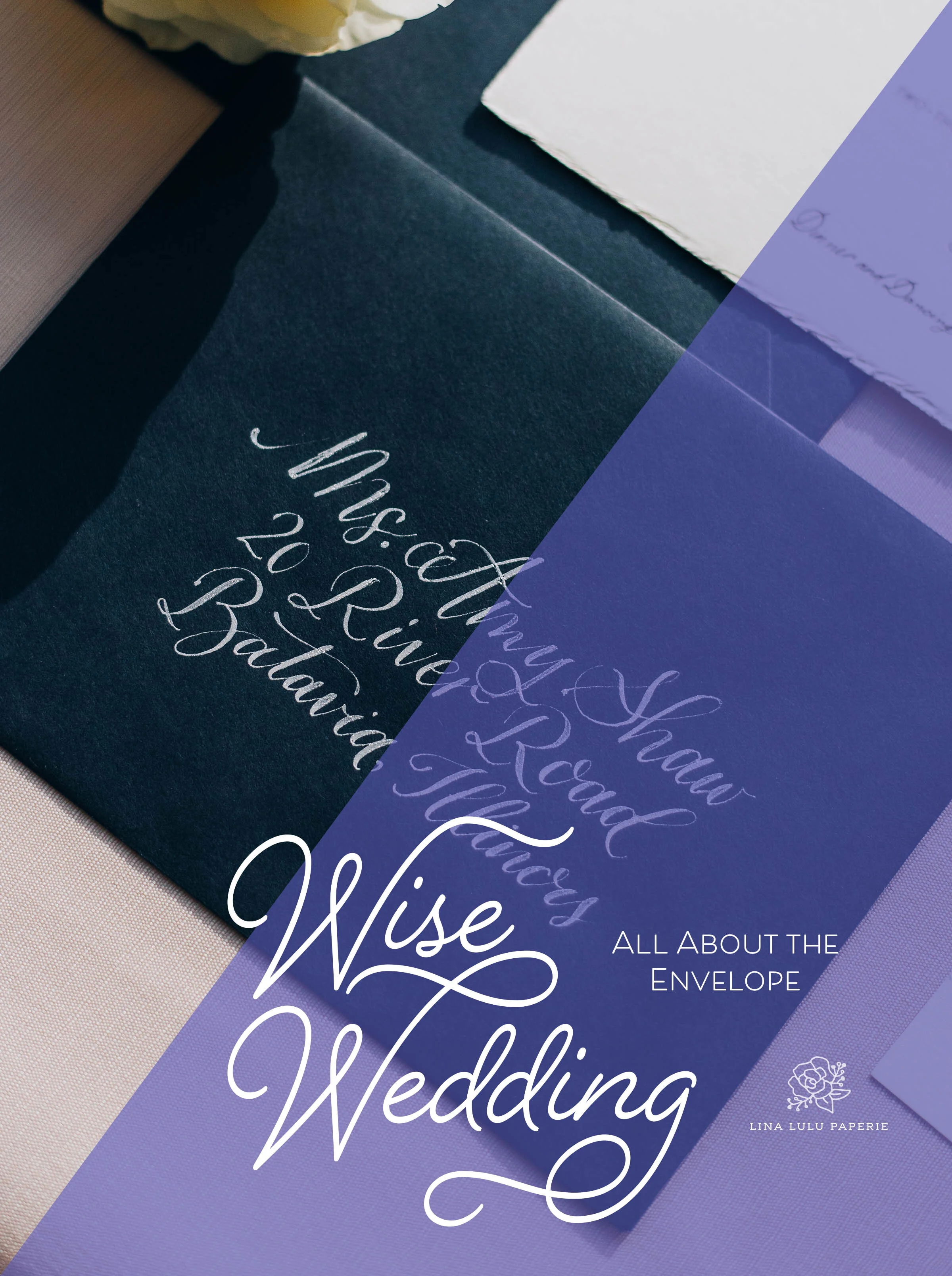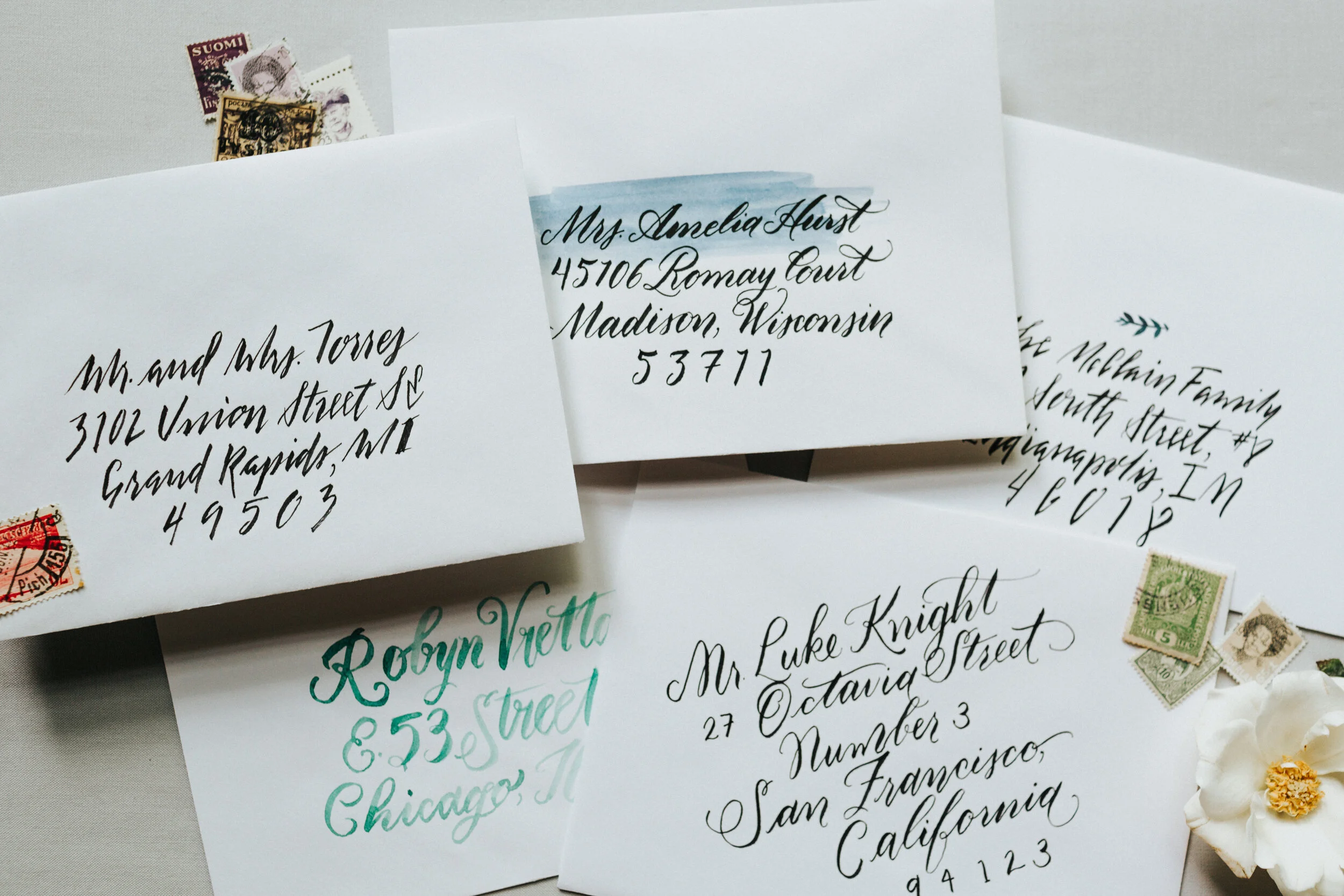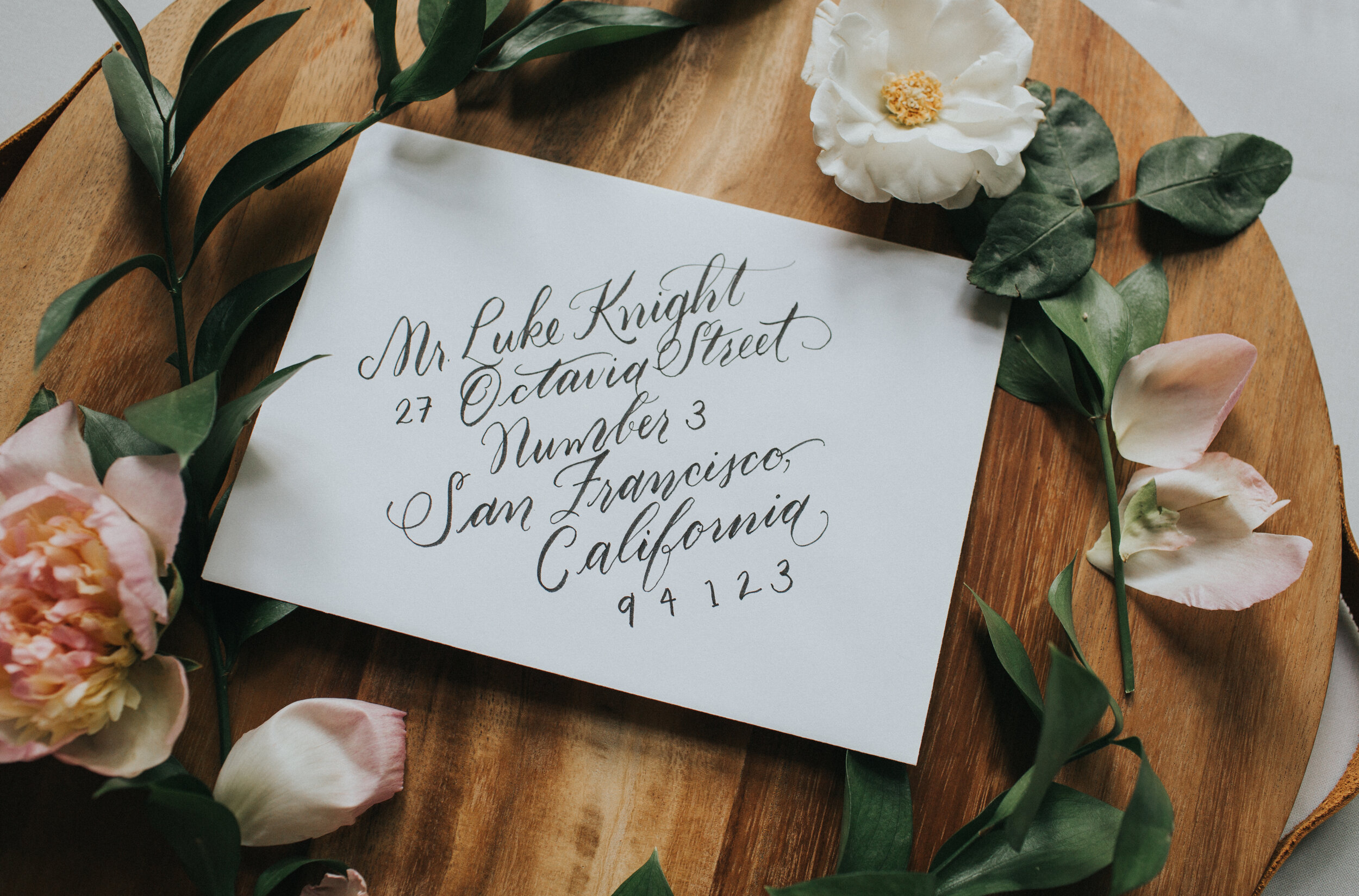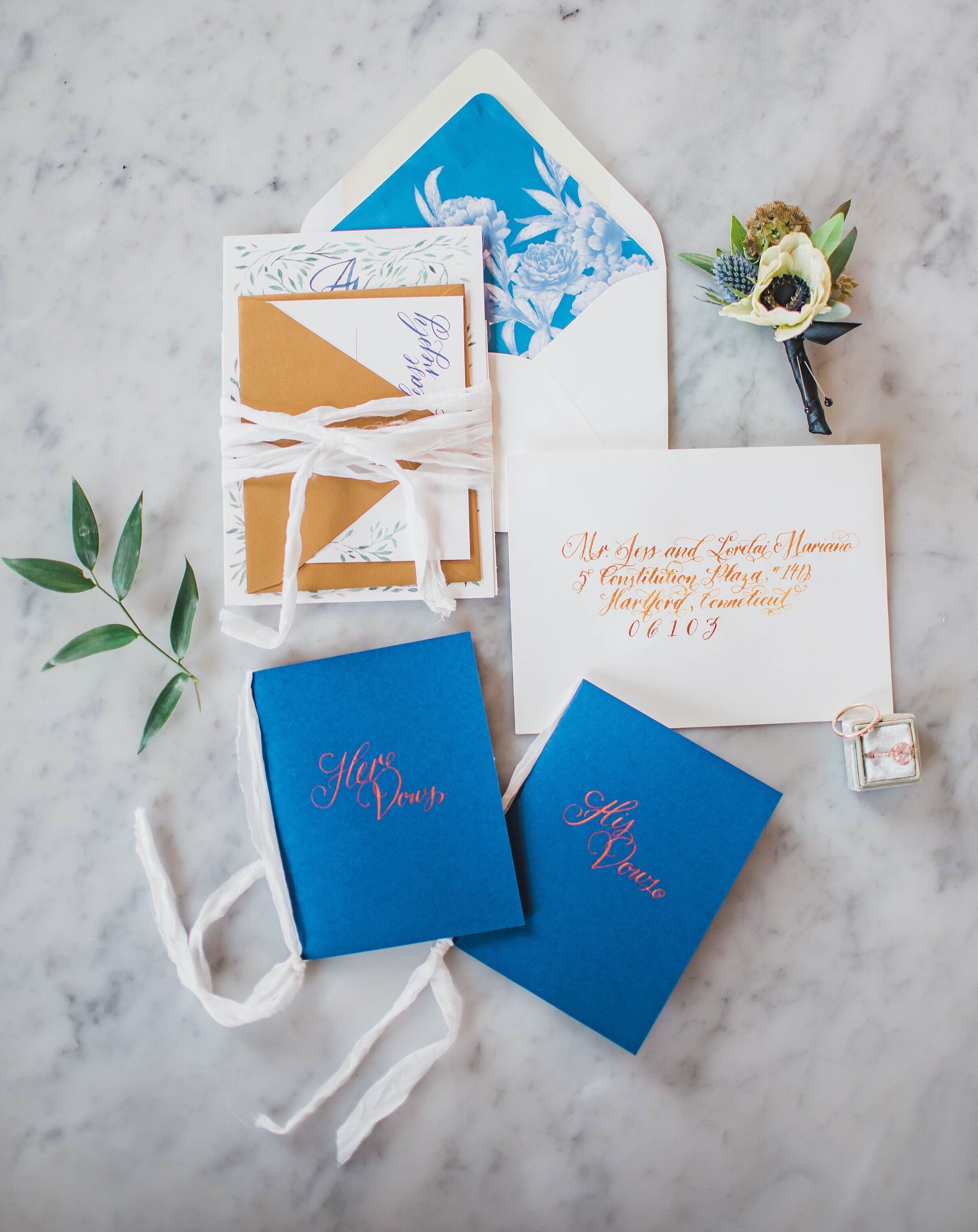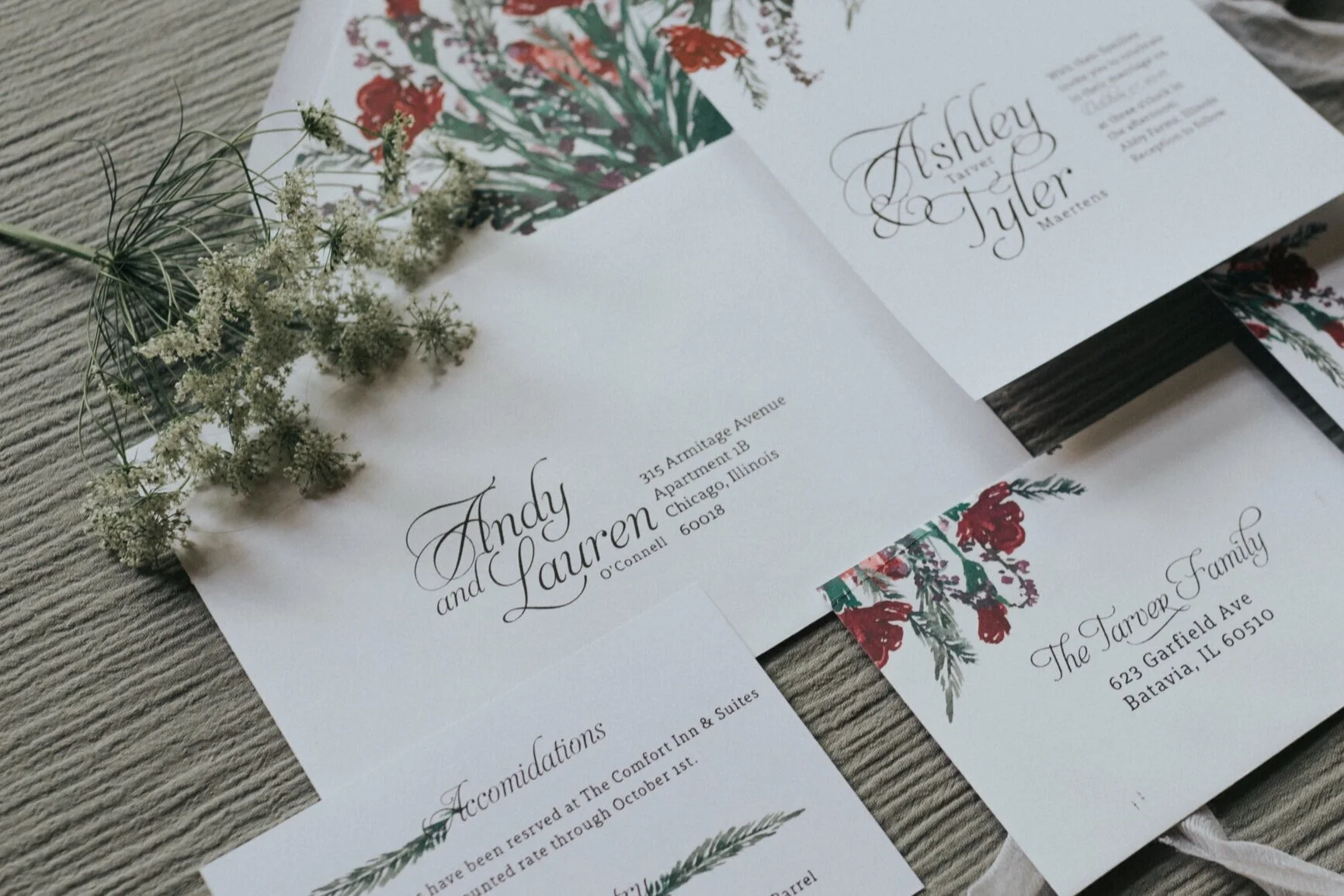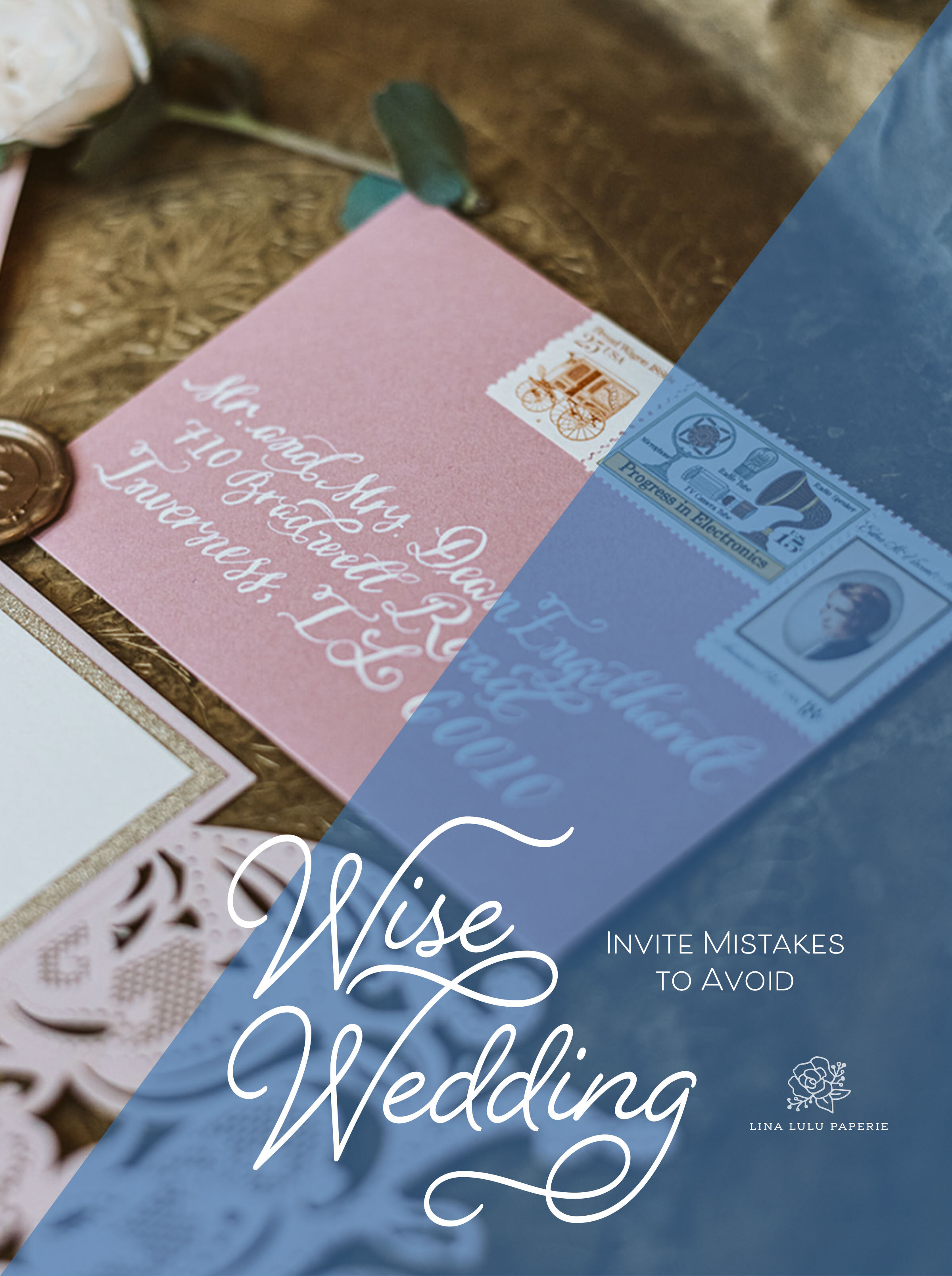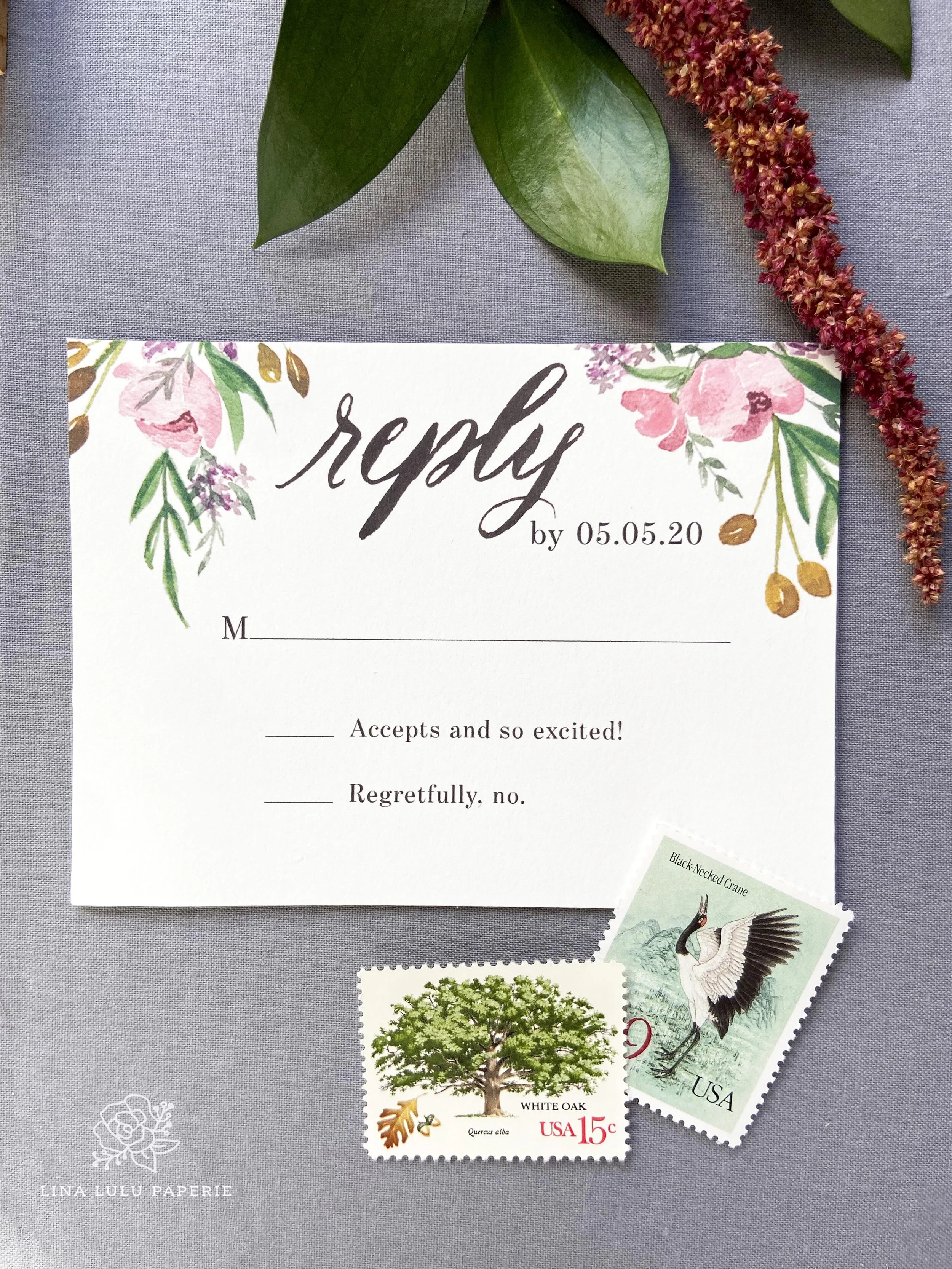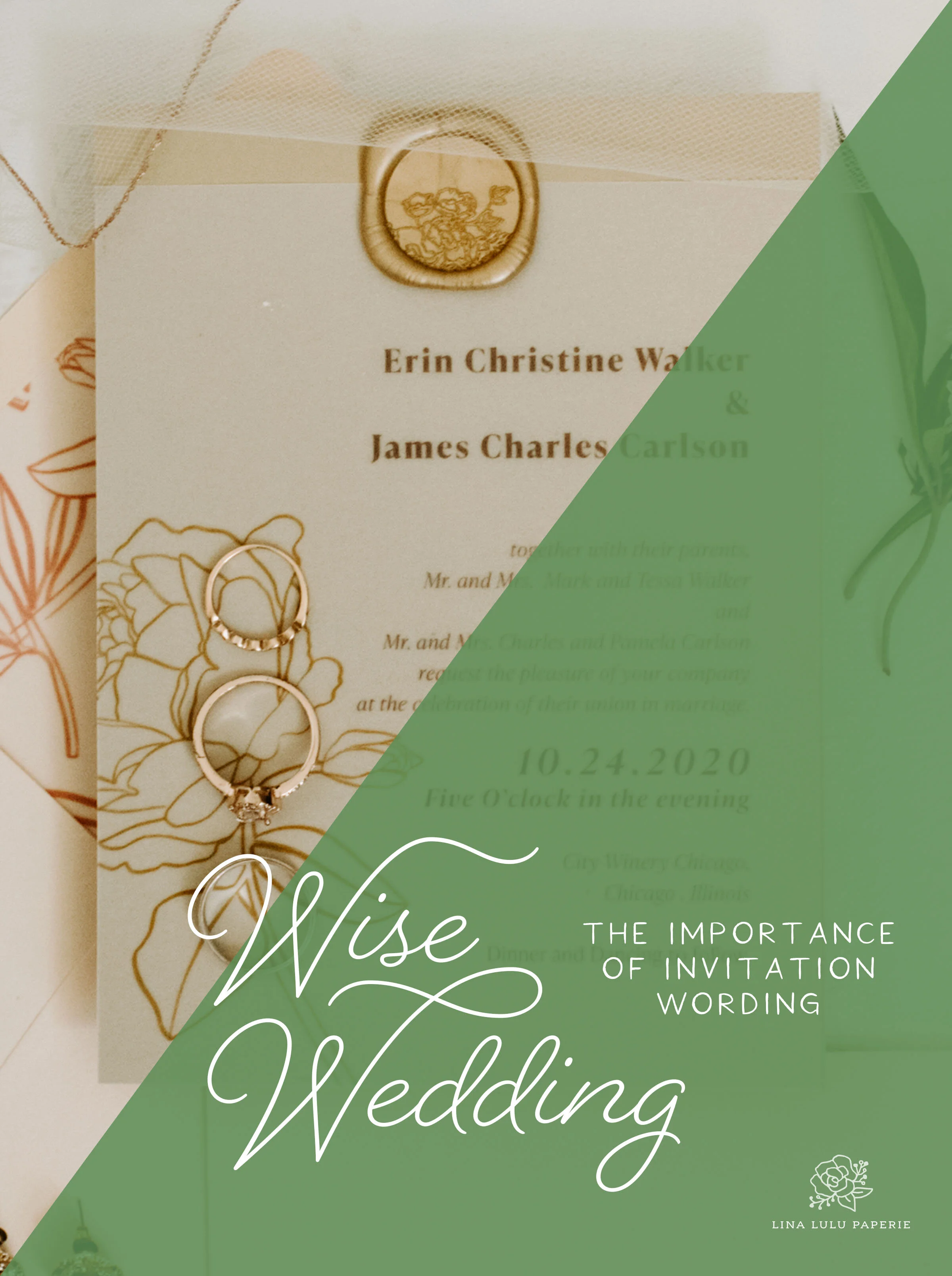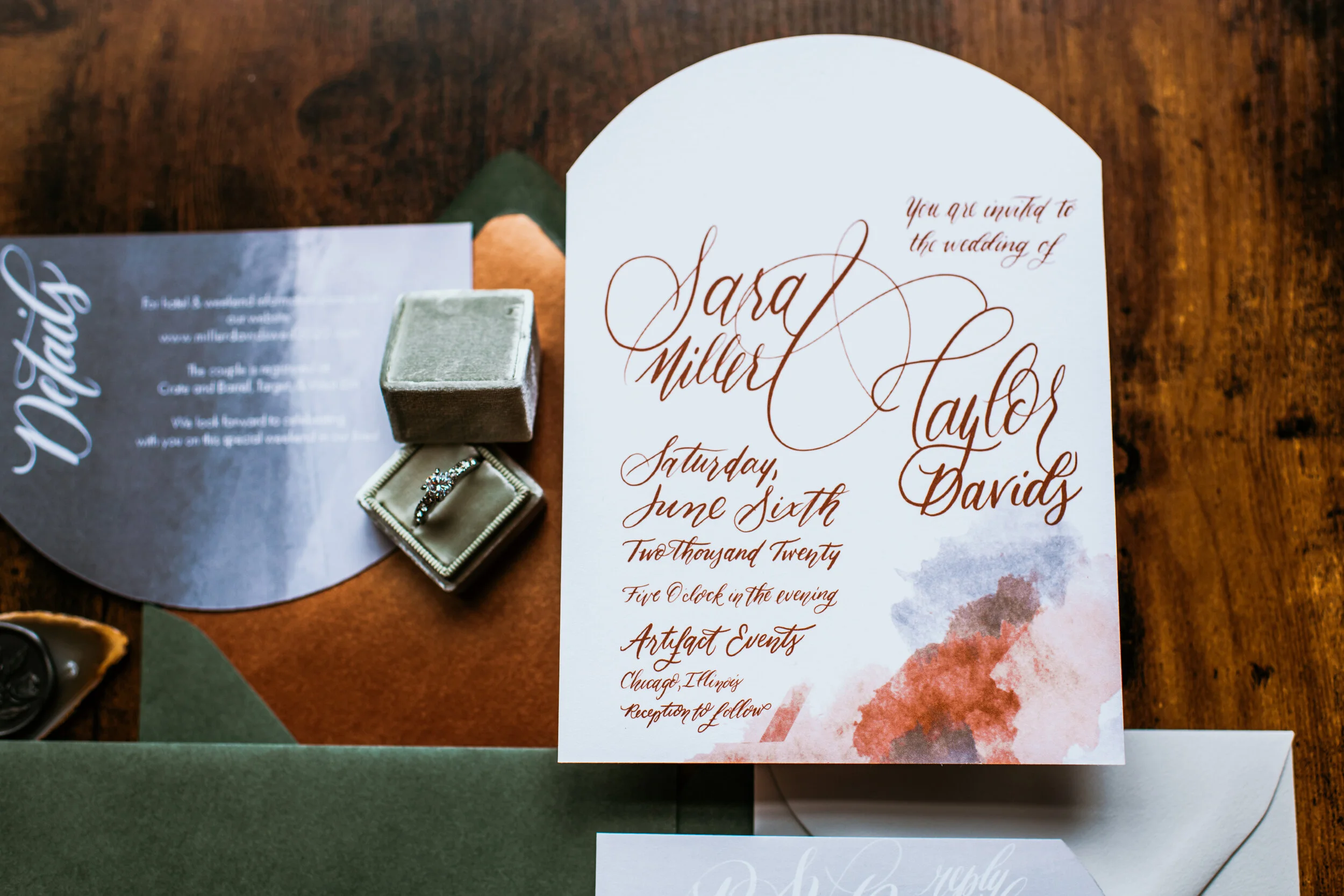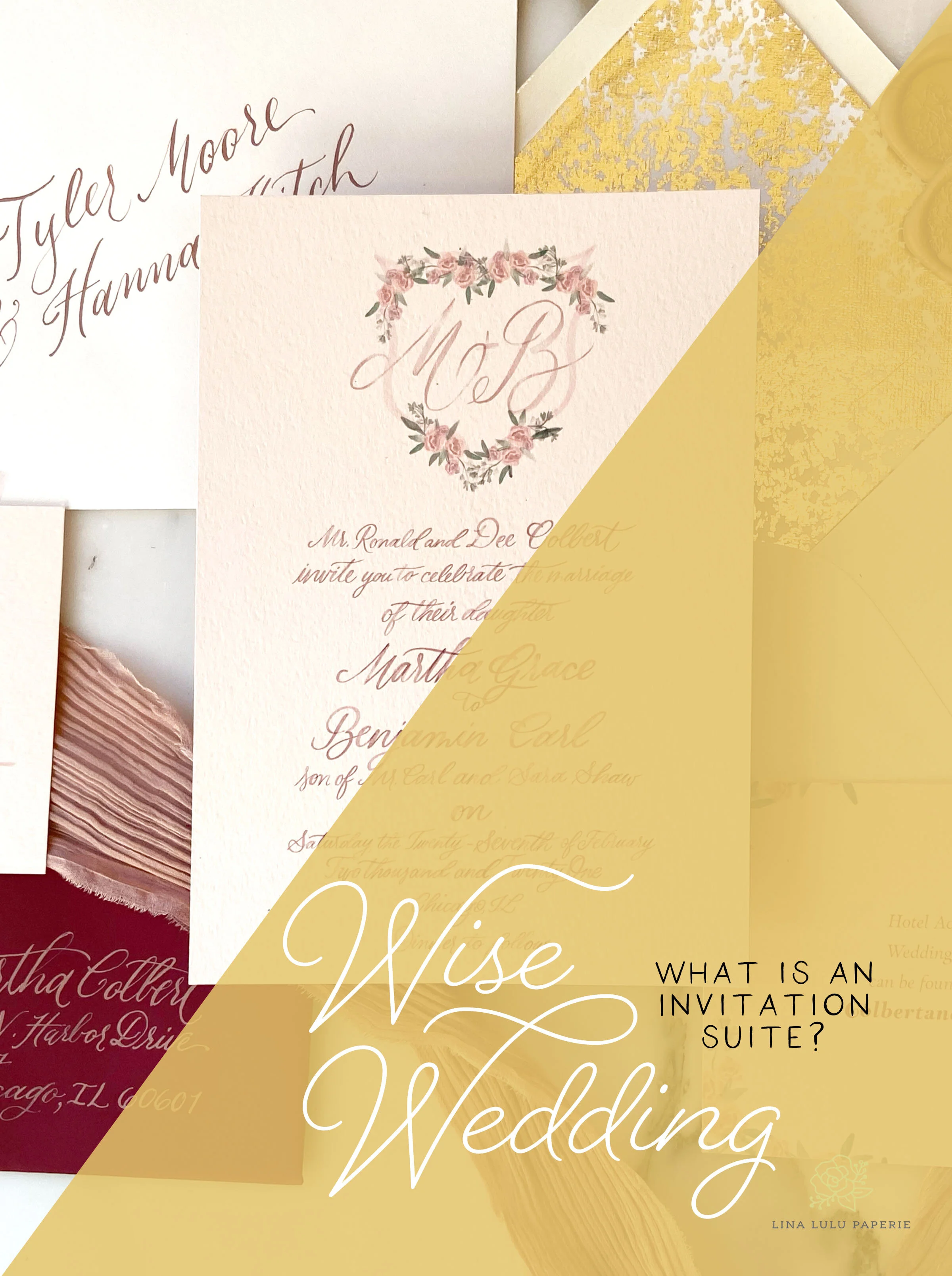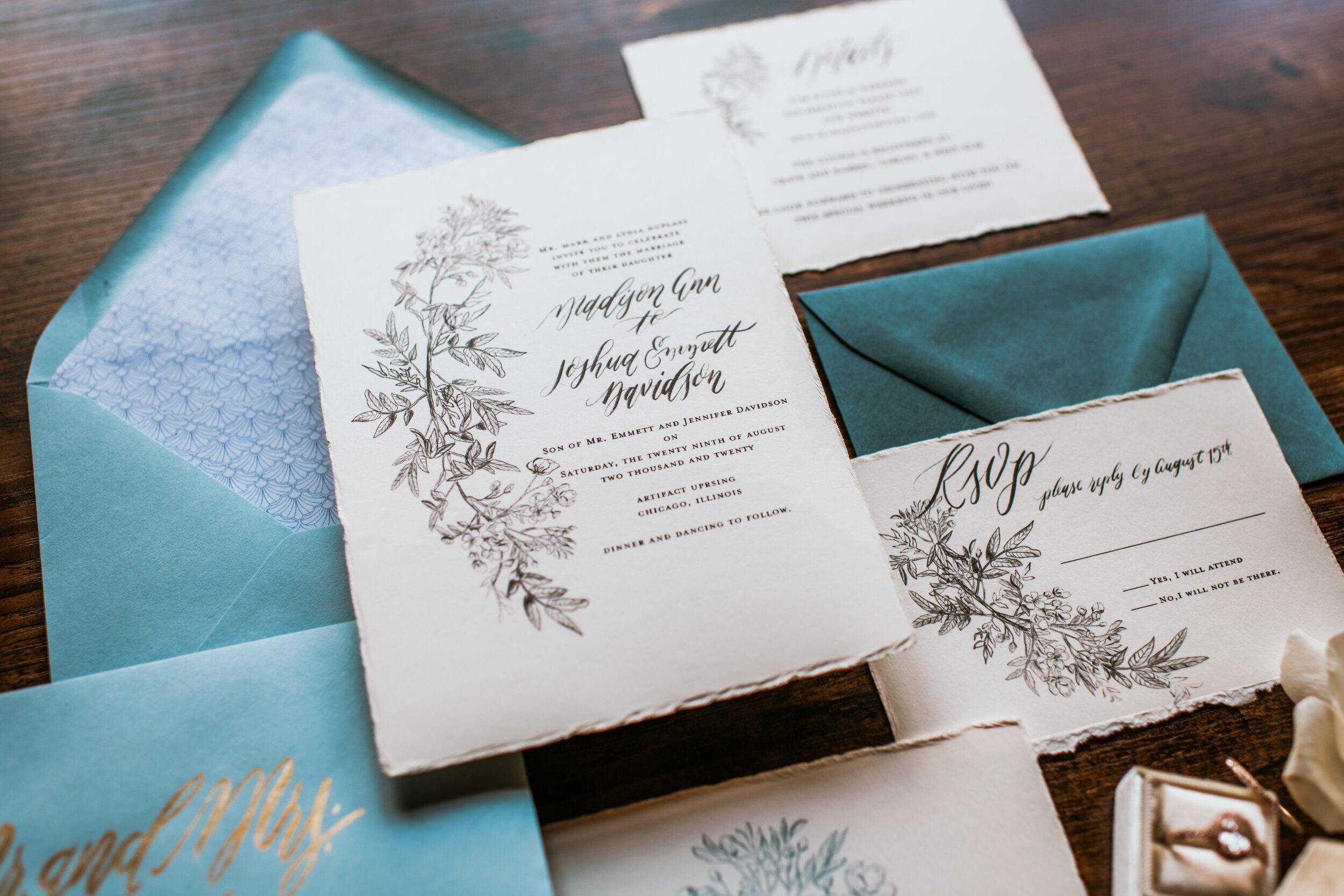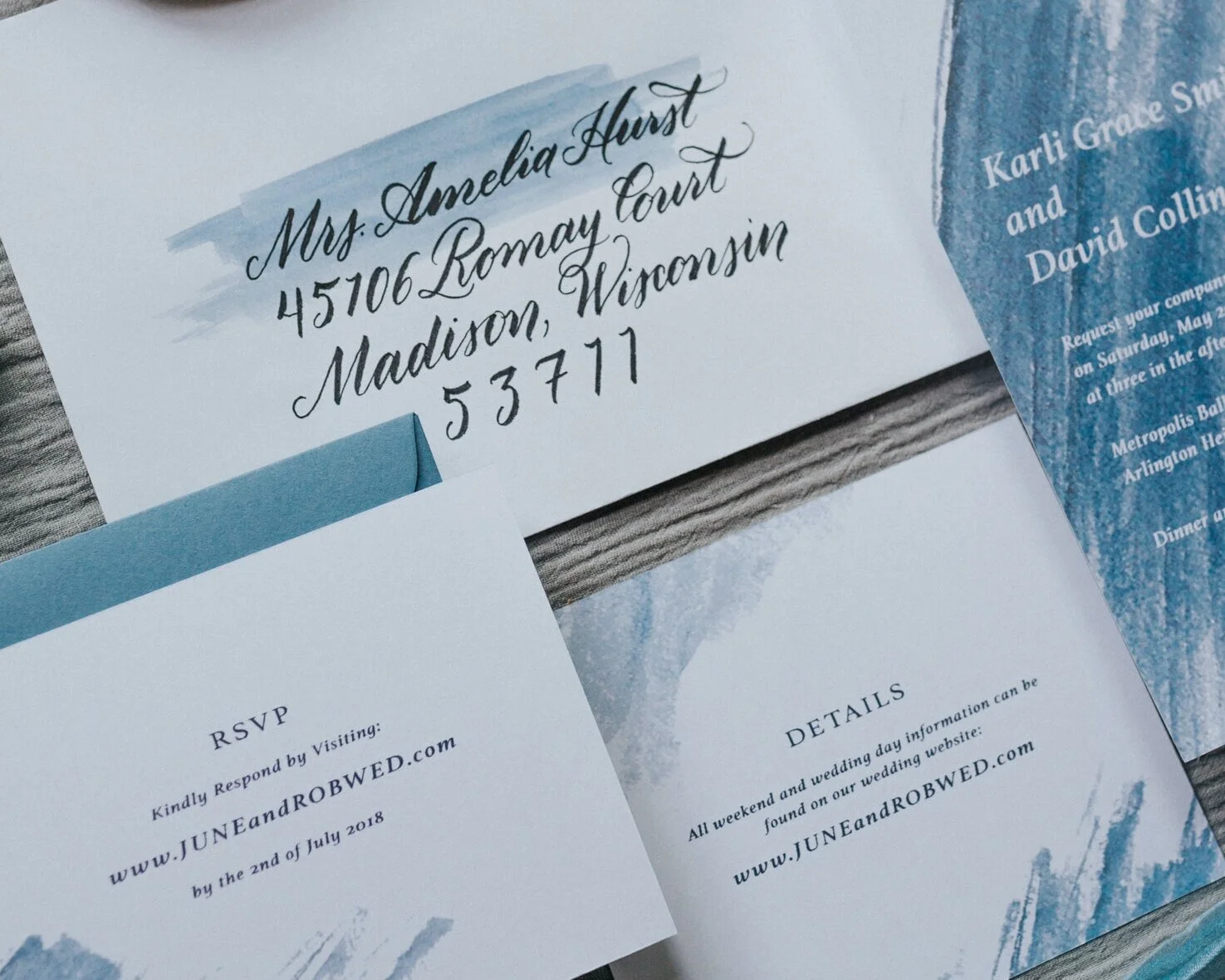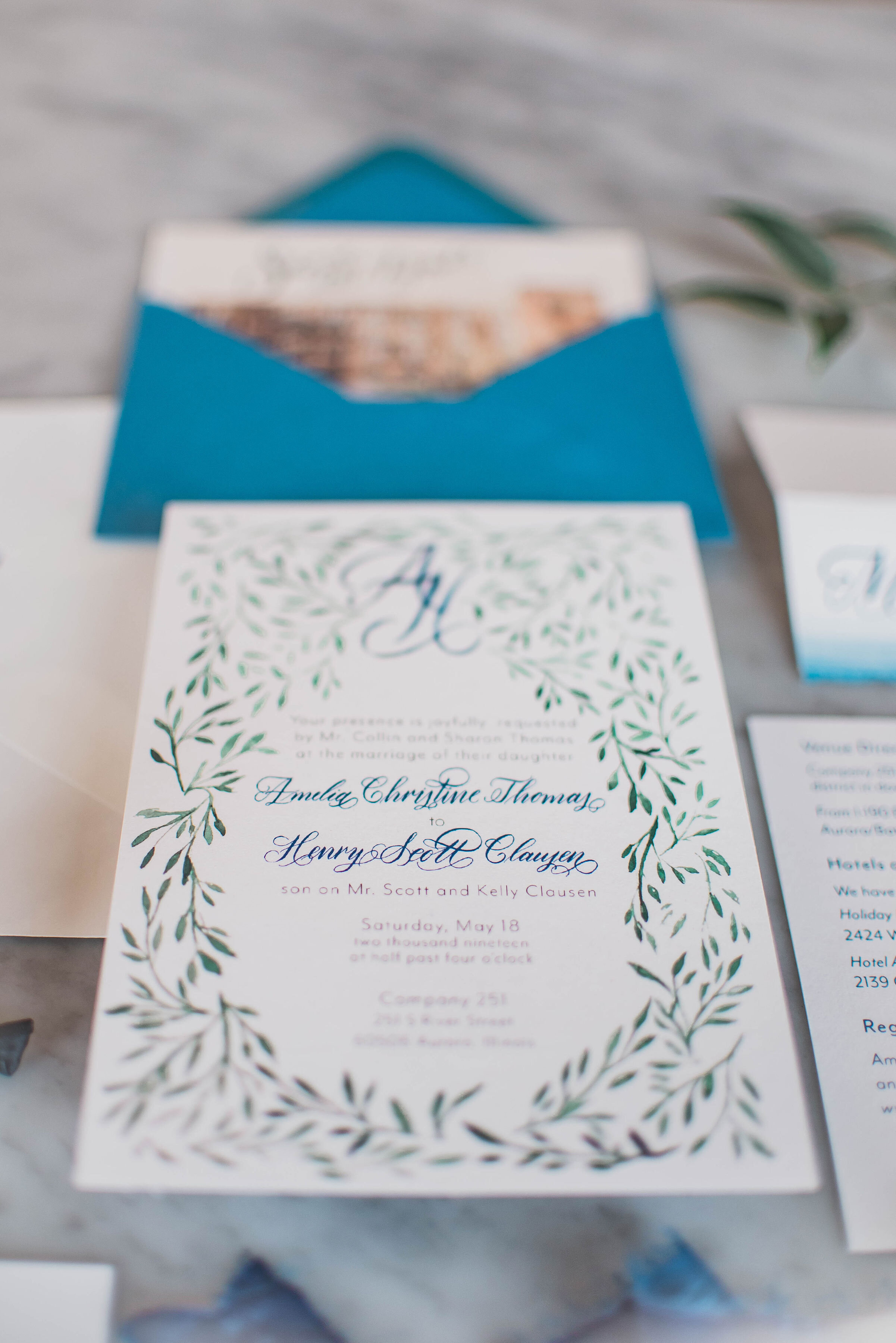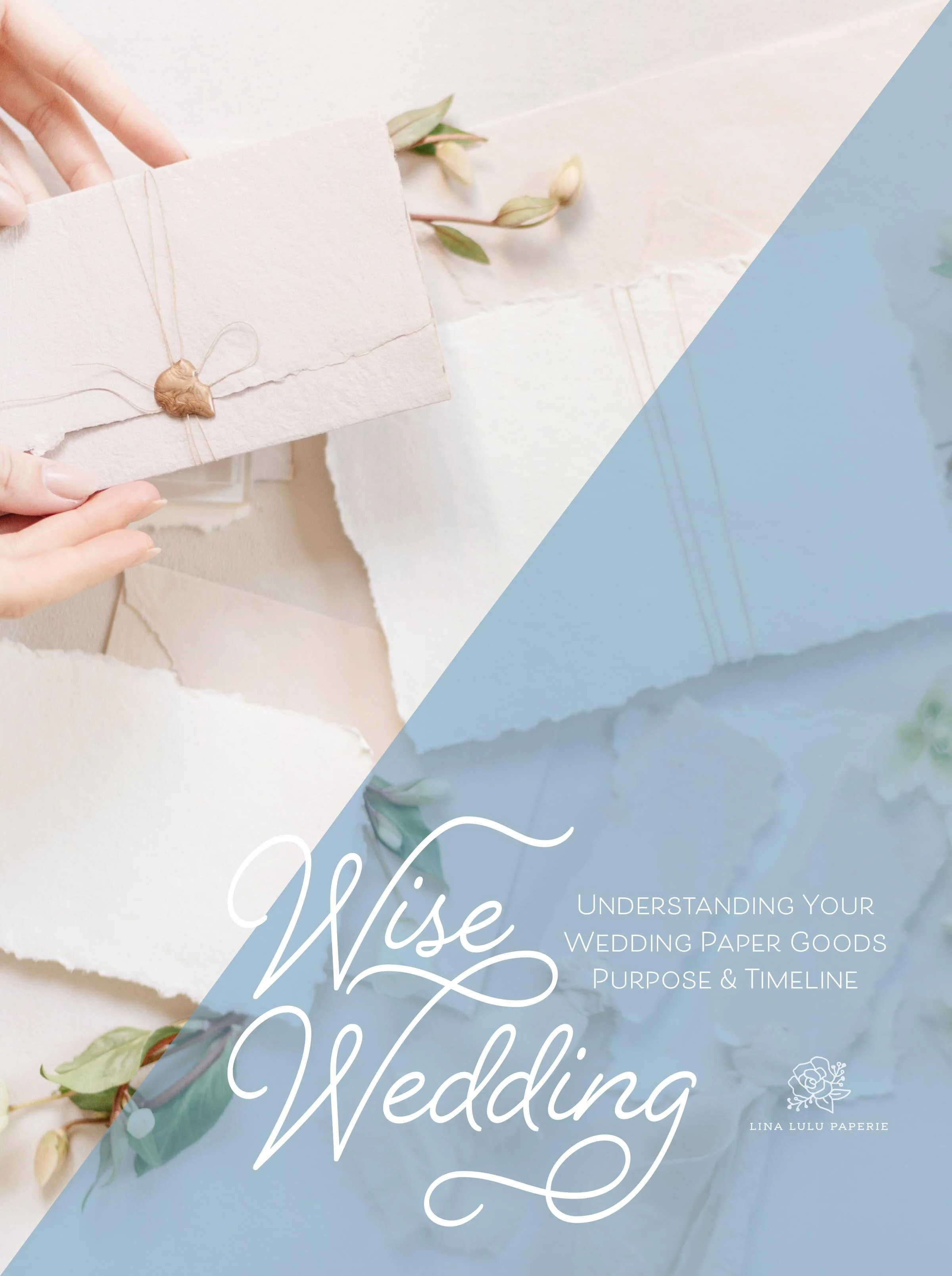Since the invitation is the “main event” and involves a few more pieces and more information than the Save the Date, we advise you to start the design process early on. If you choose from the collection with minimal changes, it can be anywhere from 4- 6 week period. If you choose to go custom, depending on the print style, at a minimum with a digitally-printed invitation, you are looking at around 6-8 weeks for design and production. If you are looking for anything additional (letterpress, foil, ribbon, wax seals, custom maps, liners, calligraphy, etc) it can potentially add more time to that process by a few weeks depending on guests count.
That’s at minimum 2 months of back and forth to help me create your invite, which in the grand scheme of things is so important to get all the right information on the right cards and out to the right people, am I right? It is also important to give your designer enough time to creatively work through your requests and give you the best options. Start inquiring about invitations at the 6-month mark. Especially for custom work, as a designer, I do not create items perfectly the first time around. By putting the work upfront in filling out your questionnaire, giving me complete information, color swatches, and a mood board is how you will help me create that custom, unique design that is just right for you and your fiancé(e) and be the perfect complement to your Big Day!
As noted above, the more info you have for your day the better. By having your date set, the venue booked, and having a rough idea or initial design meeting with your wedding planner on how the look and feel of your day will be a huge help when we start talking about your invitations. As soon as you have an idea of what you like, we can get started talking about design for your paper goods too!
I try to deliver the full suite at least a week prior to the “deadline” to ensure you can double-check your guest list and everything is in order. Check out my Wise Wedding: Invitation Details post for more information ( link will be posted here when ready).
RSVP information
Reply cards or RSVP cards are sent out with the invite 2 months before the wedding date.
Your RSVP is included in your invitation suite and will be sent out to all your guests when your invite is. Typically an RSVP date is 1 month before the wedding. This gives you ample time to make sure each guest has replied back to confirm with the caterer, start seating arrangements, or for you to track down replies in case an invite was lost in the mail or from an inconsiderate guest. Each venue is different and may require a guest count sooner or later than the traditional 1-month mark. Make sure to double-check this info with your planner and/or venue.
Calligraphy for Envelopes
Inquire at the time of your invitations if you are using the same person for design and calligraphy. If you are hiring a separate calligrapher than the invitation designer, inquire 1 month byt the latest before the invitations are to be sent out.
